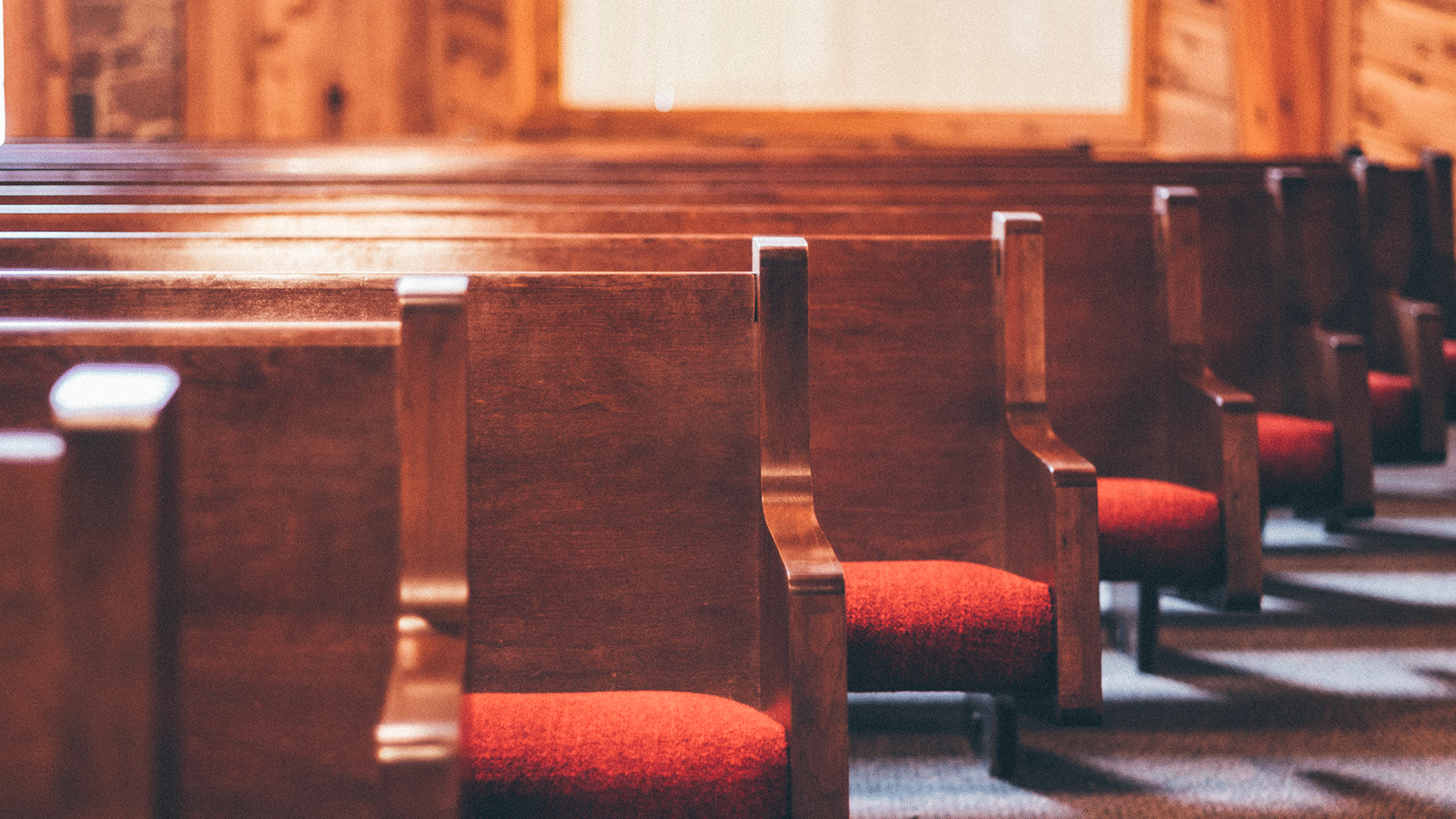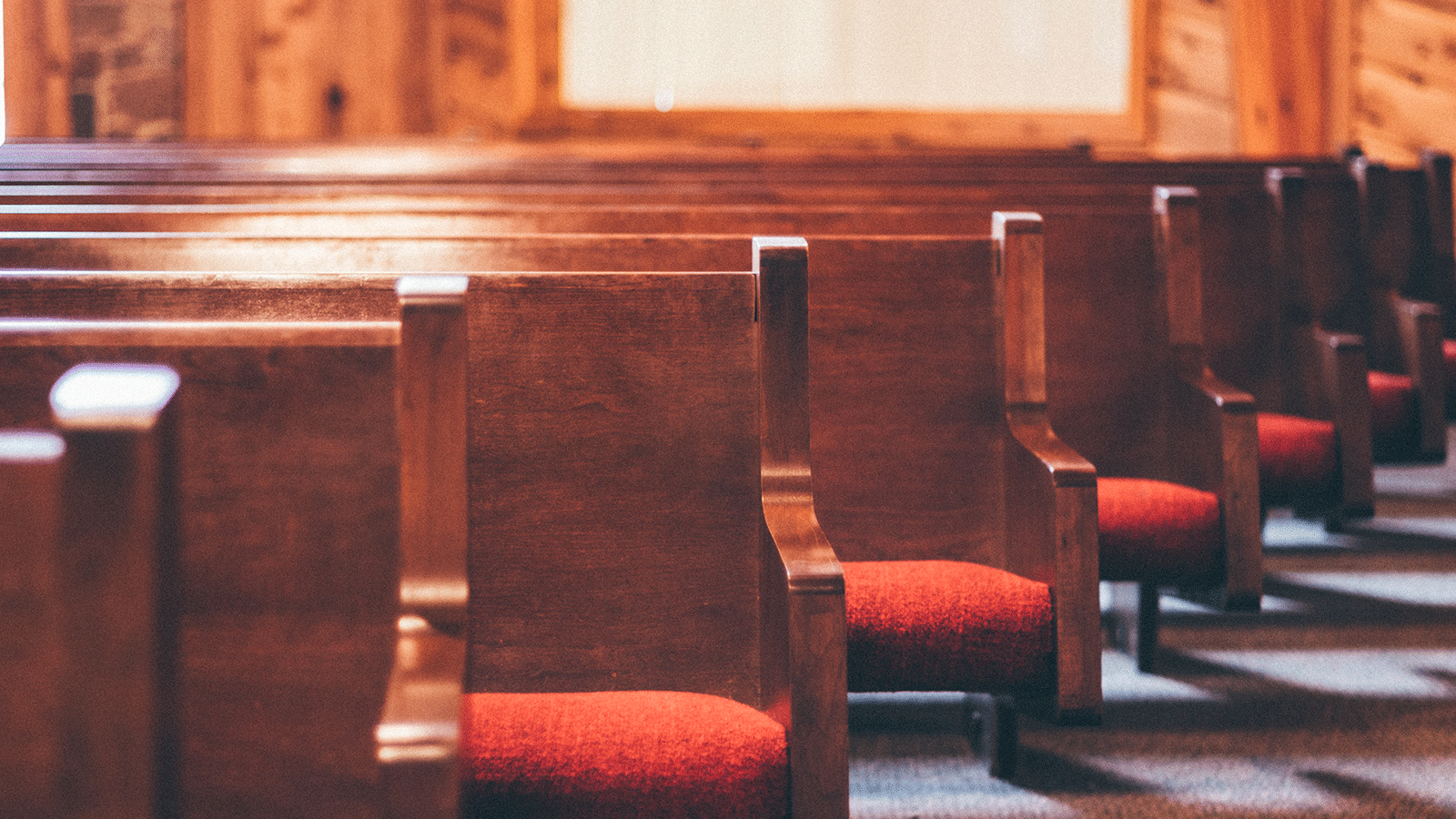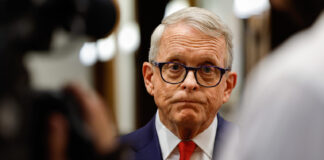
Just days ago, New York looked to become the latest state to legalize marijuana, but when Gov. Andrew Cuomo’s legalization proposal was dropped from the state budget, reform strategists across the state adjusted their tactics.
Lawmakers aren’t alone in continuing the work to create a legal environment that’s economically feasible and socially equitable. In late February 2019, leaders at a historic black Baptist church in Brooklyn, New York, hosted the Business of Cannabis, a rousing, all-day cannabis conference where they discussed issues of social equity, disproportionate incarceration, and barriers to entry in the legal cannabis industry.
The Rev. Anthony Trufant, Pastor of the Emmanuel Baptist Church in the Clinton Hill neighborhood of Brooklyn, opened his keynote speech by stressing that legal cannabis legislation must include the communities that suffered most from its prohibition.
The state’s top legal officer and newly elected Attorney General Letitia James, echoed the pastor’s references to selective prosecution of blacks and Hispanics for cannabis violations and the exploding costs of mass incarceration.
James, the first black woman to be elected as attorney general in New York, said that while legal changes are welcome, “we also have to address the historical wrongs of the war on drugs.”
Negotiations are underway between New York legislators and the governor’s staff on the parameters of the licensing and regulatory processes. Although Cuomo said on March 19, that he was dropping his proposal to legalize marijuana from his upcoming budget.
New York Lt. Gov. Kathy Hochul and Assembly speaker Carl Heastie have both said they are not giving up. They are joined by legislative leaders who have said it might be better to create a legalization plan outside of the time pressures of the state budget, which is due on April 1, 2019.
Now that marijuana legalization will not be incorporated into the annual budget resolution, lawmakers could take up legalization in separate measures before they adjourn in June 2019. If that doesn’t happen, New York’s much-anticipated marijuana legalization could be pushed off until 2020.
Up until now, all sides appeared to be in harmony. Gov. Cuomo’s proposed statute for legalization includes multiple references to “social equity” and “social justice.” His legal staff often referred to this in hearings before a bicameral state committee on taxation Feb. 12, 2019.
New York State Attorney General Letitia James speaks at a cannabis business conference at the Emmanuel Baptist Church in Brooklyn to address social justice reform, career and investment opportunities in cannabis for communities of color. (Photo by Maureen Meehan)
When Cuomo introduced the Cannabis Regulation and Taxation Act (CRTA) on Jan. 15, 2019, he said, “Let’s create an industry that empowers the poor communities that paid the price and not the rich corporations that come in to make a profit.”
However, many black leaders at the Emmanuel church conference noted that Cuomo’s proposal does not specifically lay out how many minority cannabis licenses will be handed out when the time comes nor how much money will be invested in communities that suffered from the war on drugs.
Democratic Assembly Majority Leader Crystal Peoples-Stokes of Buffalo, who was not at the conference, recently said she wants guarantees that people of color will receive licenses and she wants to see it in writing.
“They thought we were going to trust that at the end of the day, these communities would be invested in. But that’s not something I want to trust,” Peoples-Stokes told the New York Times. “If it’s not required in the statute, then it won’t happen.”
Jason Starr, assistant counsel to the governor, pointed to the proposal’s ban on vertical integration, following Washington State’s practice, which will “encourage robust participation and a variety of entry points in delivery, processing, testing, wholesale, and retail” for smaller players.
Not everyone is entirely convinced, however, upon scrolling through the details of the governor’s 191-page proposed law. Advocates worry about the expansive powers of the future Office of Cannabis Management (OCM) to grant adult-use licenses to the current 10 medical license holders. Some attendees questioned if the medical sellers will have an unfair head start while others await the establishment of the regulatory regime.
Starr also said that the auction proceeds would flow into a fund to provide support for zero- or low-interest loans to qualified “social equity applicants,” meaning minority-led operations or those that employed people harmed by the state’s drug laws.
The current 10 medical licensees in New York would be the only ones with permission for vertical integration while other “seed-to-sales” operations would be prohibited for everyone else.
Medical marijuana licensees point out that because the state currently has only one dispensary per half-million inhabitants, many potential patients cannot now access cannabis. Allowing the 10 registered organizations (ROs) to expand from four sites to 30 each, as the governor’s proposal suggests, would enable them to “rapidly create the retail infrastructure needed to serve an adult-use market,” according to a policy document published by the New York Medical Cannabis Industry Association (NYMCIA).
Yet some question whether that method of rapid expansion comes at a cost to newcomers.
“The ROs are asking for their dispensary locations to be increased to 10 from the current four. That’s 300 dispensaries with only 10 license holders, who are the only vertically integrated license holders in the entire program if this auction process happens,” said conference panelist and attorney Cristina Buccola. She called the exemption to the vertical integration ban a loophole that could potentially allow the law to be exploited.
The NYMCIA was not available for comment although the organization told the New York Times on March 10, 2019, that it had committed to Gov. Cuomo to set up a $25 million “Cannabis Economic Opportunity Fund” to provide zero-interest loans to companies led by women and people of color.











